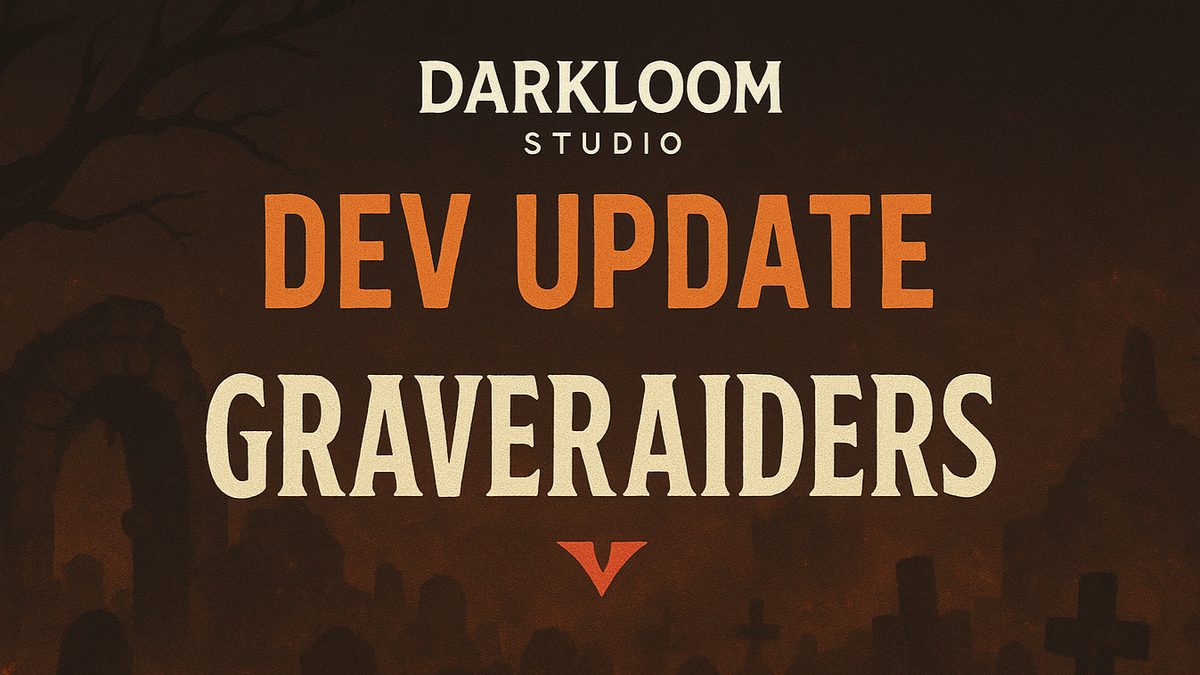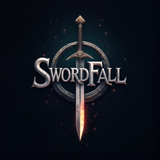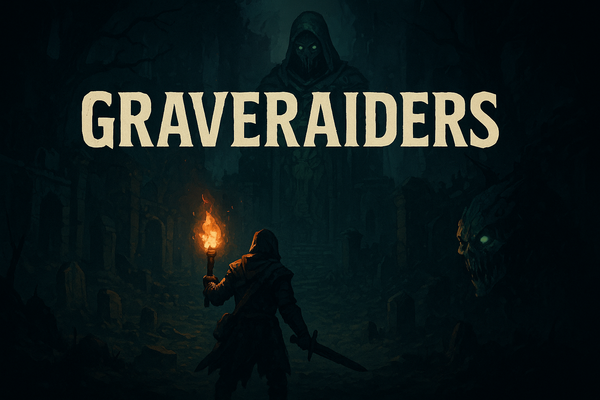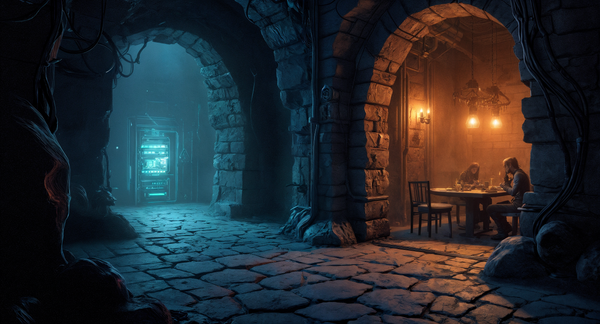From Godot to Unreal — A New Chapter for GraveRaiders
After years of experience with Godot, we’ve made the leap to Unreal Engine to bring GraveRaiders’ dark-fantasy co-op world to life in full 3D. Here’s what led to that decision — and what we’re working on next.

Hey everyone 👋
It’s been a while since our last update, and we’re excited to share a major step in the journey of GraveRaiders. After years of creating with Godot Engine, we’ve officially transitioned development to Unreal Engine 5.6.
Godot has been an incredible tool for us — open-source, elegant, and ideal for rapid prototyping and 2D development. But as GraveRaiders grew into a 3D cooperative roguelite, it became clear that Unreal’s advanced rendering, lighting, and multiplayer capabilities aligned better with our long-term vision.
We wanted large, dynamic environments, intelligent enemy AI using nav meshes, and a highly cinematic feel — and Unreal gives us the right foundation to make all of that happen.
The transition wasn’t easy, but with our background in C# and gameplay systems, learning Unreal’s Blueprint and C++ hybrid workflow felt natural. We’re already seeing huge improvements in iteration speed and overall visual fidelity.
Building the foundation — Gameplay Abilities
Our focus right now is on implementing Unreal’s Gameplay Ability System (GAS) — one of the most powerful and proven frameworks for building scalable ability-based gameplay.
We already have our first character in-game with several abilities up and running. The core mechanics — activation, cooldowns, and attribute scaling — are functional and feeling great. Visual effects are still being refined, but even in this early stage, the gameplay flow feels smooth and responsive.
A first look at our UI
Alongside abilities, we’ve been building out the Attributes Menu — the first major UI panel in GraveRaiders.
This menu gives players a real-time overview of their stats and performance, laying the groundwork for our next big feature: the Attribute Tree. This system will allow players to grow, specialize, and customize their playstyle over time. We’ll dive deeper into that in our next DevBlog.
Looking ahead
Switching engines mid-development is never easy — but it’s already paying off. Unreal Engine gives us the flexibility, visual power, and performance that GraveRaiders deserves.
We’re beyond excited about what’s coming next. Thank you all for continuing to follow and support DarkLoom Studio — your encouragement and feedback mean the world to us.
Stay tuned — our next DevBlog will take a closer look at the Attribute Tree system and how player progression will shape your raiding experience.
Until then,
— The DarkLoom Studio Team



